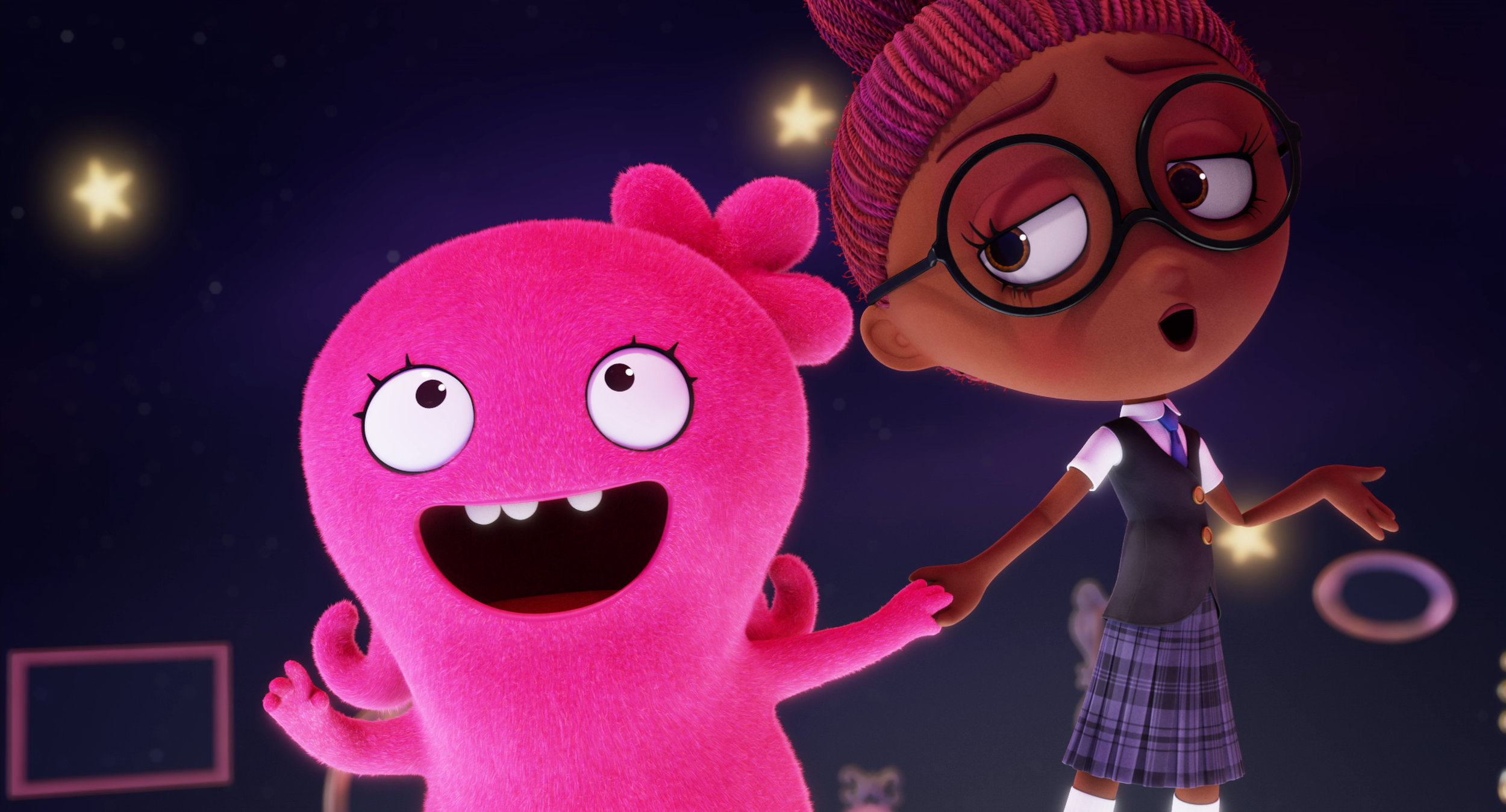'Hail Satan?'
The funny and fierce documentary “Hail Satan?” examines what happens when a satire of religion turns into a movement of its own.
Director Penny Lane, who made the animated documentary “Nuts!”, tells the story of The Satanic Temple, which began with a few guys in black Halloween-costume robes holding a press conference in 2013 in Tallahassee, Fla., supporting then-Gov. Rick Scott’s move for prayer in schools — because if the door’s open for Christians to pray, then it’s open for anybody.
Lane follows the growth of The Satanic Temple from a handful of media-savvy trolls to a movement numbering in the thousands across America and elsewhere in the world. There are growing pains, as the group tries to present a uniform message of opposition to Christian theocracy, as they go from profane protests at the grave of Westboro Baptist Church founder Fred Phelps’ mother to launching a legal challenge to Ten Commandments monuments on state capitol grounds in Oklahoma and Arkansas.
(They trot out one of my favorite bits of trivia, that most Ten Commandments monuments erected around America were done so in late ‘50s and early ‘60s as movie swag, a Paramount Pictures promotion of Cecil B. deMille’s “The Ten Commandments.”)
The movie delves into the history of claims that America is “a Christian nation” (it doesn’t go as far back as you think, only to the 1950s) and the scare tactics of “Satanic panic” cases of the 1980s. It also shows how The Satanic Temple’s co-founder and reluctant spokesman, Lucien Greaves, has reveled as a go-to guest to make Fox News hosts lose their minds.
Behind the absurdity of “Hail Satan?” is a serious conversation of how porous the wall between church and state is, and how the durability of the Constitution is only preserved by the most outsider voices.
(This review was first posted on Feb. 2, 2019, when the movie screened at the 2019 Sundance Film Festival.)
——
‘Hail Satan?’
★★★1/2
Opened April 17 in select cities; opens Friday, May 10, at the Tower Theatre (Salt Lake City). Not rated, but probably R for language and some disturbing images. Running time: 95 minutes.







